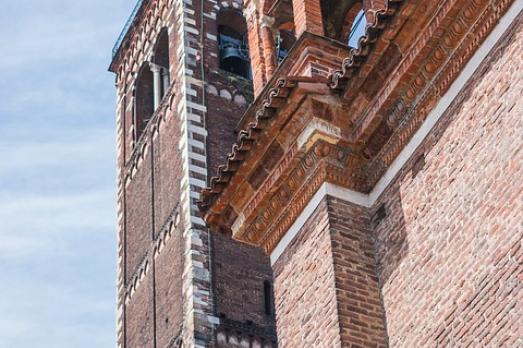
Basilica di Sant’Eustorgio
Milan, IT
The Basilica of Sant'Eustorgio was probably founded around AD 344. According to tradition, Sant'Eustorgio built the church to house the tombs of the three magi.
Here you can search for a building to visit. You can use the map find destinations, or you can use the filters to search for a building based upon what different criteria.

Milan, IT
The Basilica of Sant'Eustorgio was probably founded around AD 344. According to tradition, Sant'Eustorgio built the church to house the tombs of the three magi.
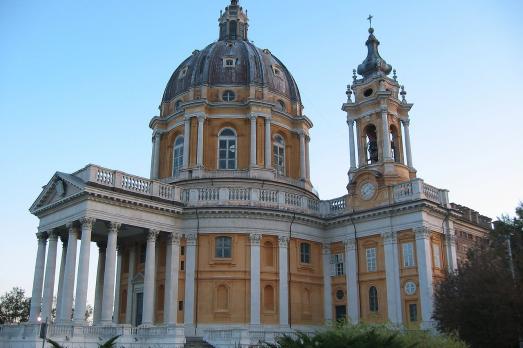
Turin, IT
The Basilica of Superga, built between 1717 and 1731, was commissioned by King Vittorio Amedeo II to celebrate a victory over the French during the War of Spanish Succession.
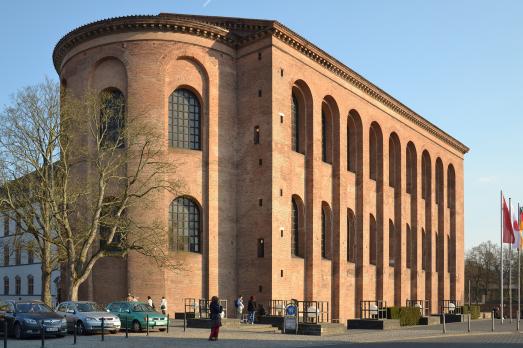
Trier, DE
The Evangelical Church of the Redeemer (Basilica of Constantine) was originally an audience hall for the Roman emperors who resided in the city in the 4th century. In 1614, the south and east walls were demolished and the rest was incorporated into the bishop's new residence, the Electoral Palace. Between 1844 and 1856, the building was restored and donated to the Protestant cult. Severely damaged by an American air raid, it was rebuilt in the 1950s. Since 1986, the Basilica of Constantine has been a UNESCO World Heritage Site.
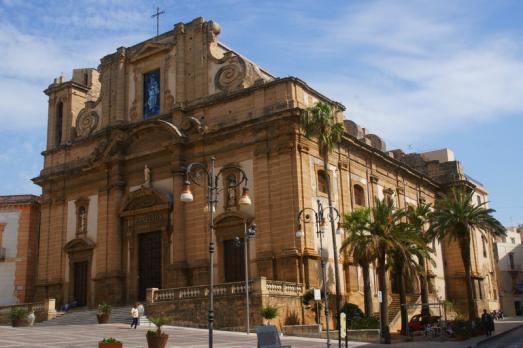
Sciacca, IT
The Basilica of Maria Santissima del Soccorso was founded in 1108 by Juliet the Norman, daughter of Count Roger. From the original structure, the powerful apses facing east and the powerful 15th-century Gothic arches remain. The temple was rebuilt between 1656 and 1686 to a design by Michele Blasco.
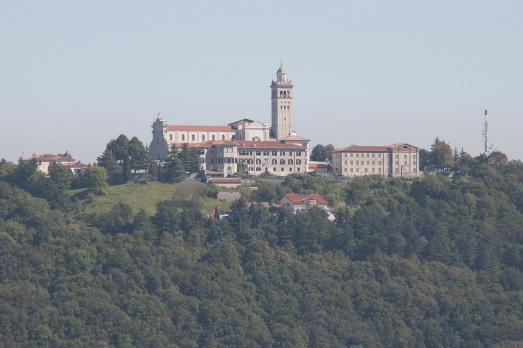
Solkan, SI
The Basilica of Mary of the Assumption is one of the most important pilgrimage sites in Slovenia. The basilica is the branch church of the parish of Solkan, but it also serves as the church of the Franciscan monastery of Sveta Gora. The church was first built in the first half of the 16th century after a pre-existing shrine of Mary was demolished by the Turks in 1496. Destroyed during the First World War, the present basilica was erected in its place between 1920 and 1932.
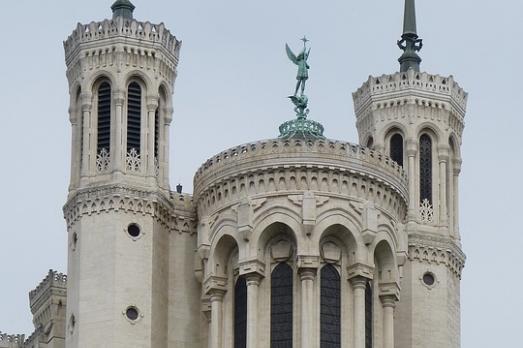
Lyon, FR
The Basilica Notre-Dame de Fourviere dominates the city of Lyon from the top of the Fourvière hill since the end of the 19th century. Its neo-Byzantine or Roman-Byzantine style architecture is the work of Pierre Bossan. Since 2014, the church is classified as a historical monument.
Clermont-Ferrand, FR
The church, whose construction began in the 11th century and continues into the 12th and 13th centuries, was seriously damaged by the strong earthquakes that hit the region in 1477 and 1490, and underwent major alterations in the 19th century: engineer Ratoin rebuilt a new western bell tower in 1823-1827 and Aymon Gilbert Mallay led the second restoration campaign in 1843, notably rebuilding the transept crossing tower.
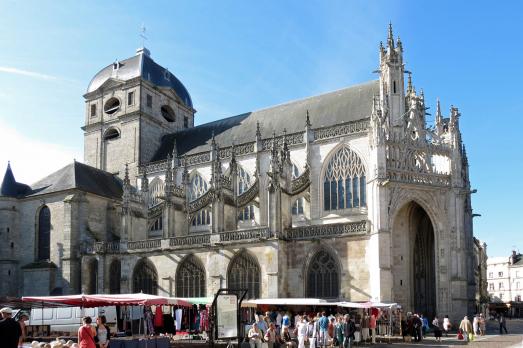
Alençon, FR
The Church of Our Lady, because of the importance of the pilgrimage in the footsteps of Saint Therese of the Child Jesus and her parents, Blessed Louis and Zélie Martin (who became saints in October 2015), was raised to the rank of basilica by Pope Benedict XVI in August 2009. Located in the heart of the city of Alençon, this church-basilica surprises by the richness of the message of its glass canopies, by the harmony of its Gothic nave as well as by the delicacy of the flamboyant decoration of its porch.
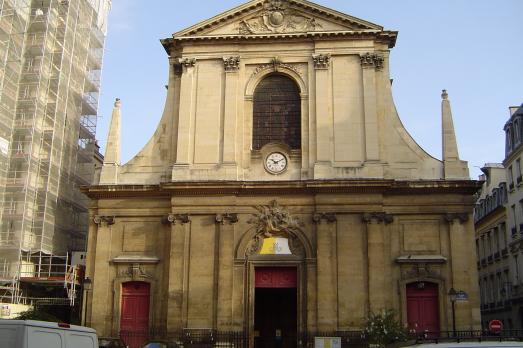
Paris, FR
Work began in 1629 at the initiative of Louis XIII who wished to thank the Blessed Virgin for her military victories. This building, created by Pierre Le Muet for the Augustins déchaussés who entrusted him with its construction: it was very slow, due to a lack of funds, and continued with Sébastien Bruand, R. Boudin, then Gabriel Le Duc (1663) until 1740 when it was finished by Cartaud (façade). During the Revolution, the church, deprived of its religious members, became the headquarters of the National Lottery and then the Stock Exchange under the Directory. It was restored to worship in 1802, then erected as a basilica by Pope Pius XI in 1927. A very important devotion to the Immaculate Heart of the Blessed Virgin Mary was developed by the creation of an Archconfraternity in the 19th century by Father Desgenettes, parish priest.
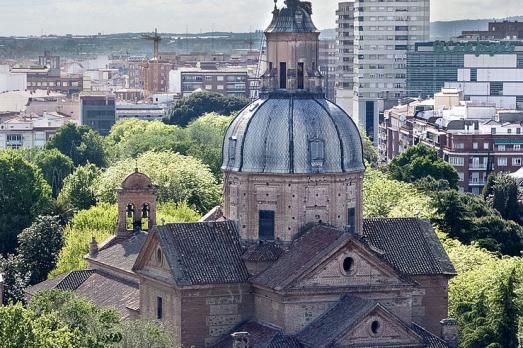
Talavera de la Reina, ES
The Basilica of Nuestra Señora del Prado was built in the 16th and 17th centuries on a site considered sacred since Roman times. The church is a magnificent Renaissance building, already praised by contemporaries such as King Philip II, who called it "Queen of Hermitages". In 1649 it was modified by the addition of the present main chapel and its characteristic dome, all under the direction of Fray Lorenzo de San Nicolás, which gave it its present appearance. After the devastation caused by the French invasion, further modifications were made in 1855.

new
Nestled amidst the serene landscapes of the Harz region, lies a hidden gem for nature enthusiasts and history buffs alike - the Harz Monastery Hiking Trail. Lace up your hiking boots and embark on this captivating adventure that will transport you back in time.

The Holy Mile (Miglio Sacro) of Naples is a one-mile-long itinerary, through sacred places linked to the city's patron saint, San Gennaro, in the Rione Sanità district. Discover the city from a new perspective with this unique walking tour.

As a university city, cultural offerings abound in Tartu and will reach their peak after being designated one of three European Capitals of Culture for 2024. In this list, we've compiled the most interesting sacred places to visit in and around the old town.